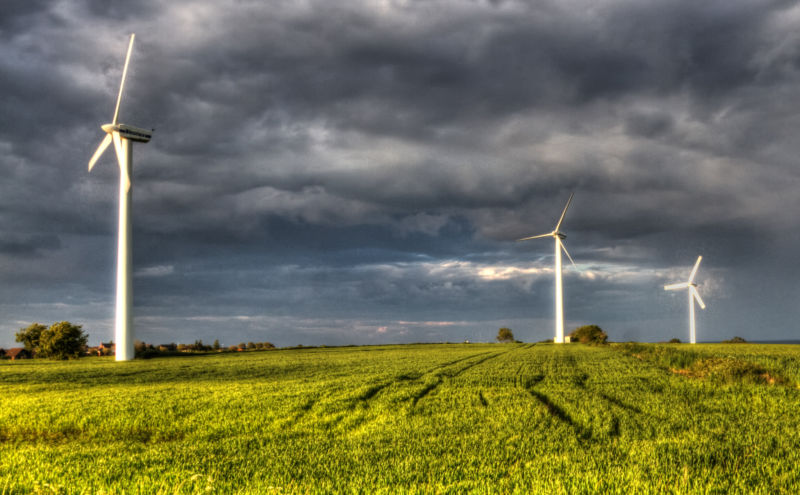Renewable capacity passes coal, additions outpacing demand in US, Europe
Ars Technica » Scientific Method 2016-10-26

Enlarge (credit: Steve Braund)
According to the International Energy Agency, 2015 was a banner year for renewable power, marking the first time that total installed renewable capacity passed coal. The agency just released its analysis of the medium-term prospects for renewables, which includes a look at the state of the global market in 2015. The report predicts that 2015 is only the beginning; by 2021, renewables will generae enough electricity to handle all of the demand in the US and Europe.
As of 2015, hydropower remained the largest global source of renewable electricity, accounting for just over 70 percent of it. But wind power is now 15 percent, and solar has grown from negligible to four percent. The new additions of capacity, however, indicate that these two power sources are just getting started.
Last year saw 153 GigaWatts of renewable capacity added globally, an increase of 15 percent from the year 2014. This was enough to push renewables past coal, becoming the largest source of new capacity. Wind accounted for 66 GW of these additions, with photovoltaics at 49 GW. Combined, that means that 75 percent of the new renewables were solar or wind (the remainder were primarily hydro and biomass). To provide a sense of scale, the IEA notes that this means half a million solar panels were installed every day. Two wind turbines were installed every hour—in China alone.